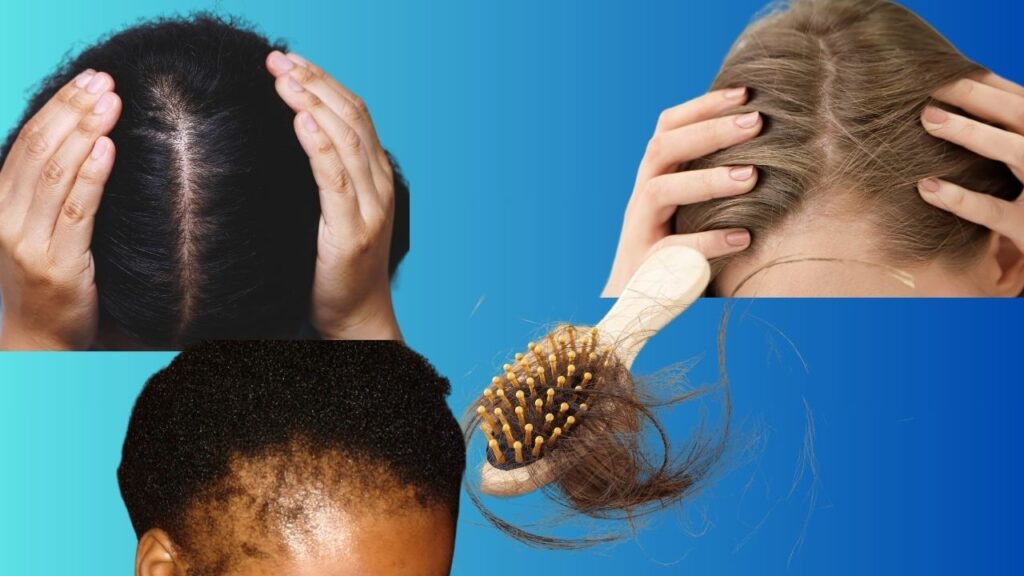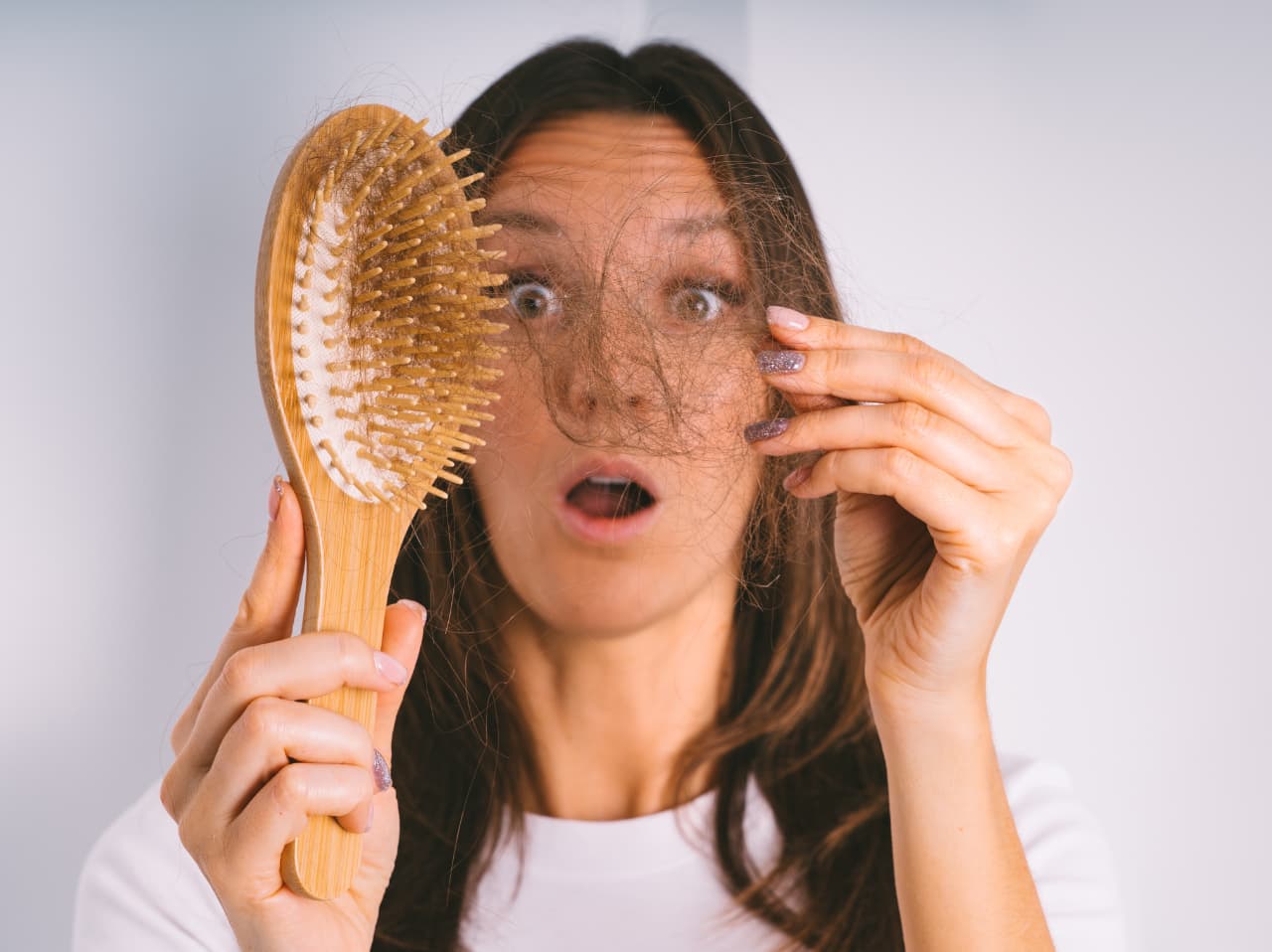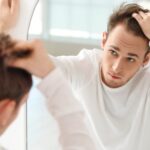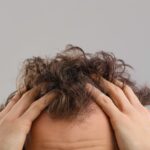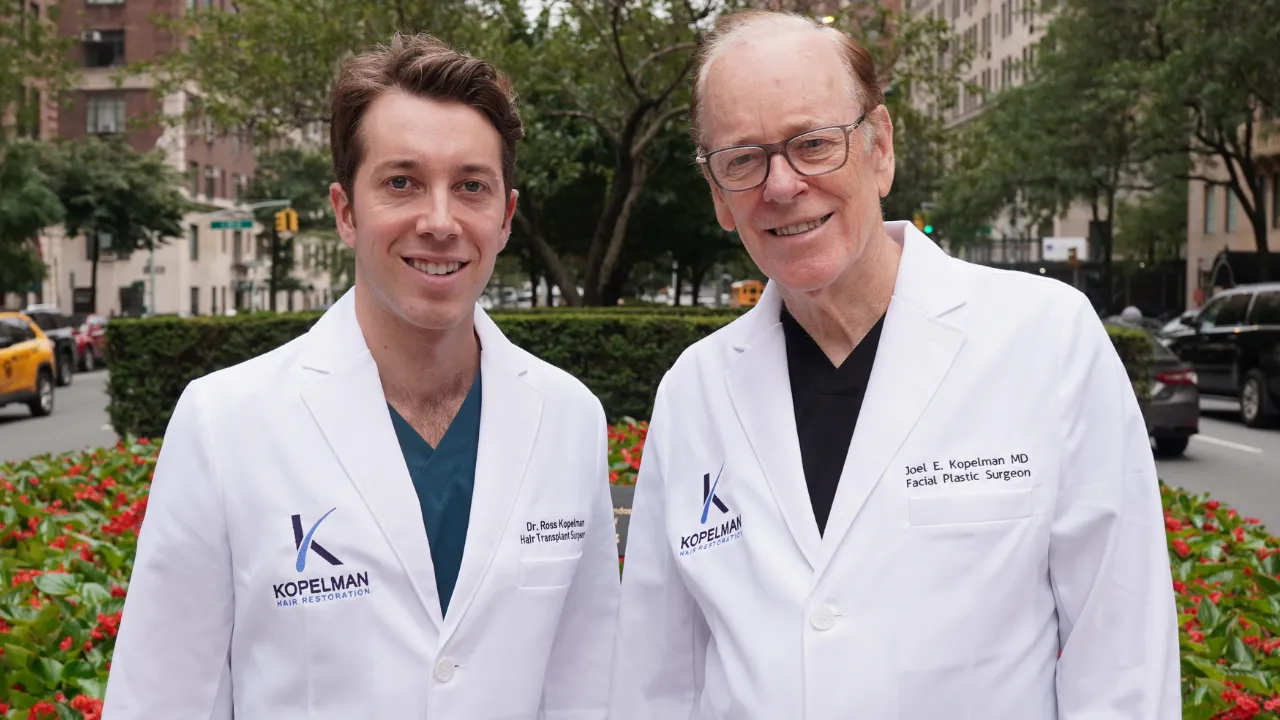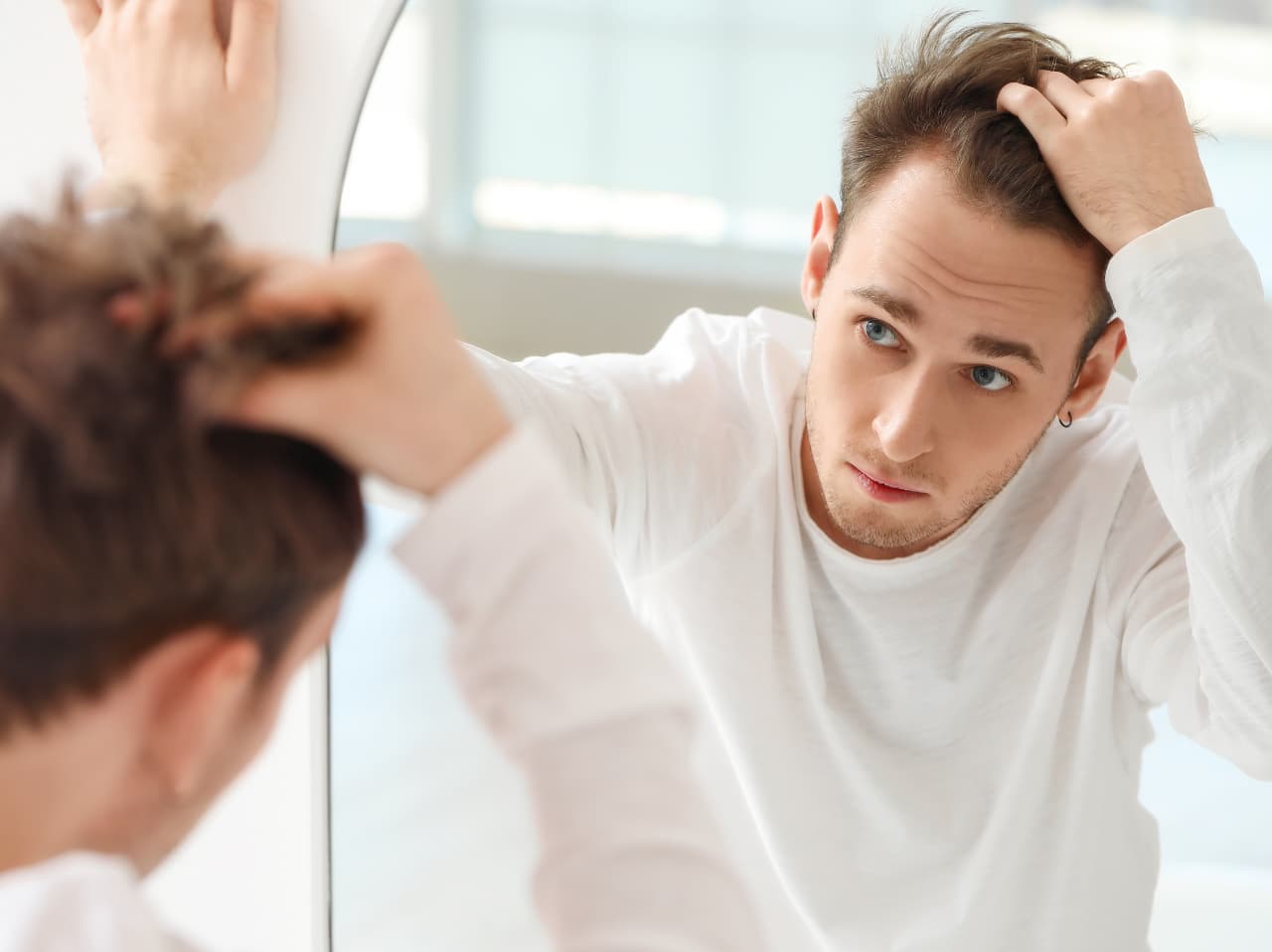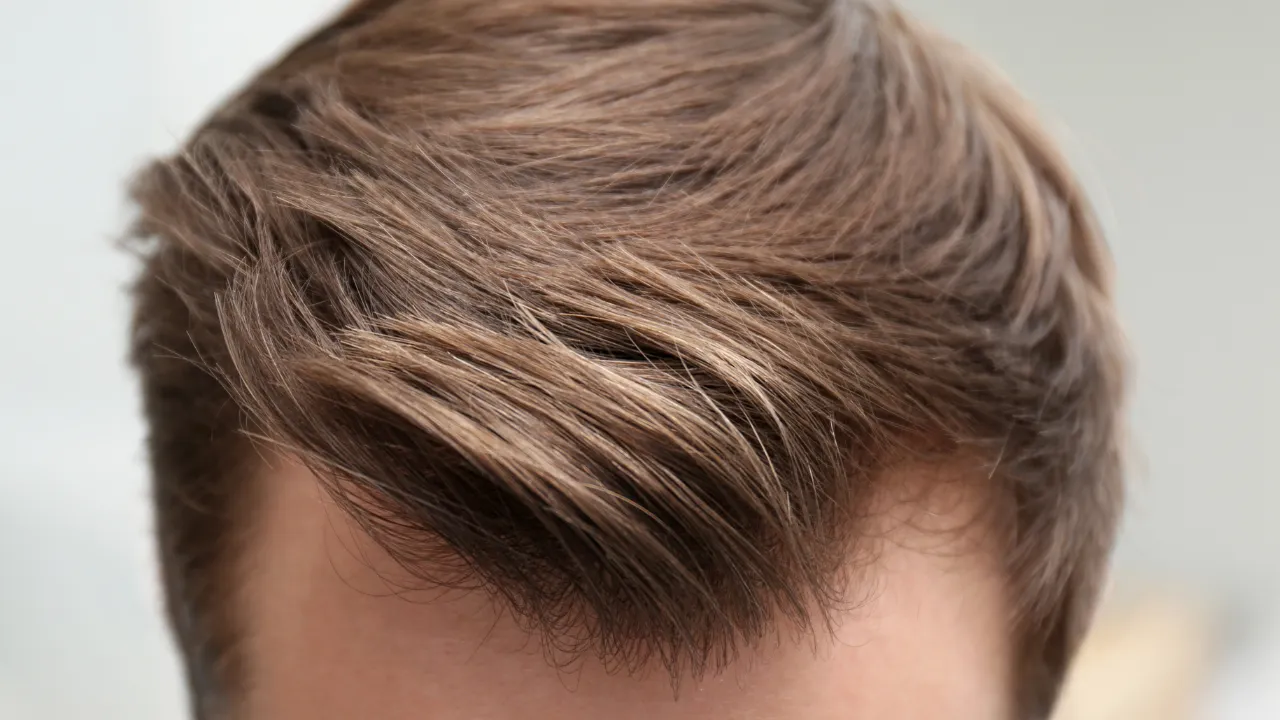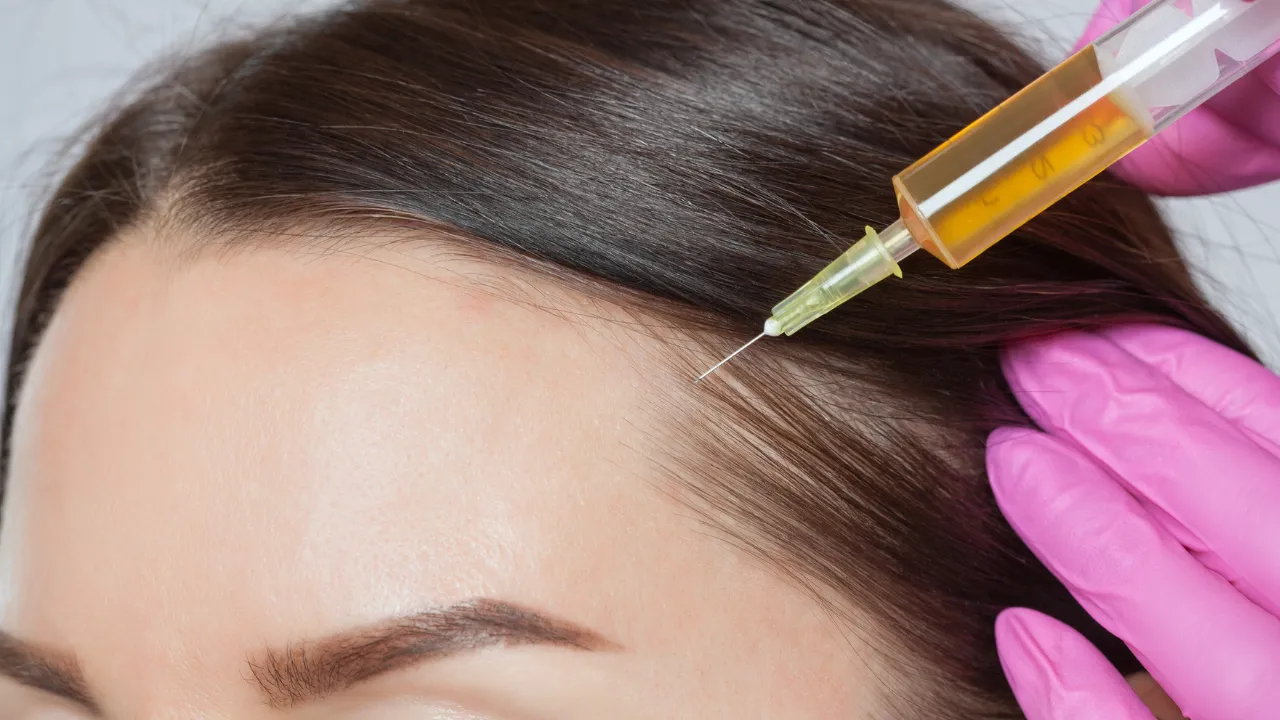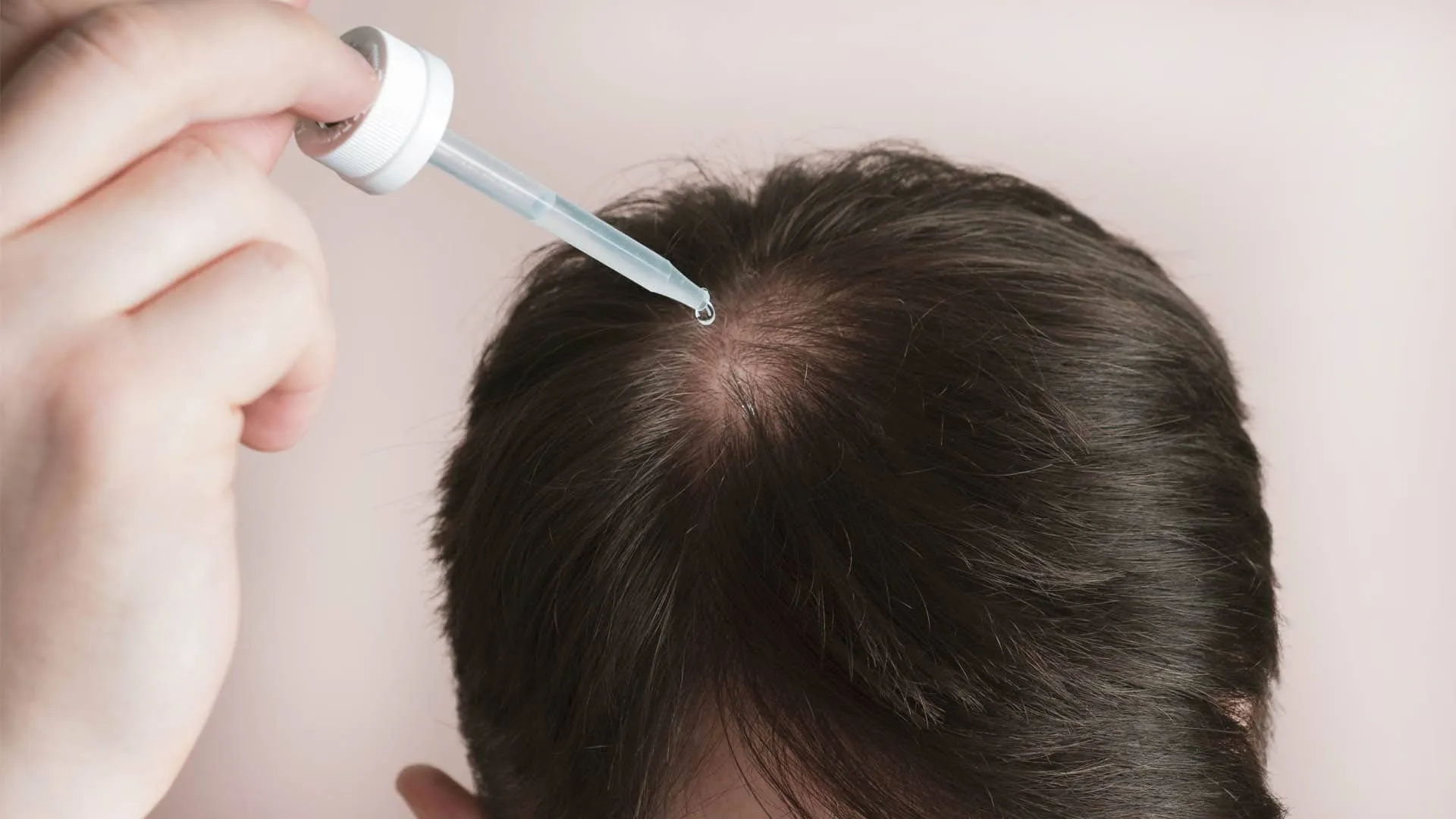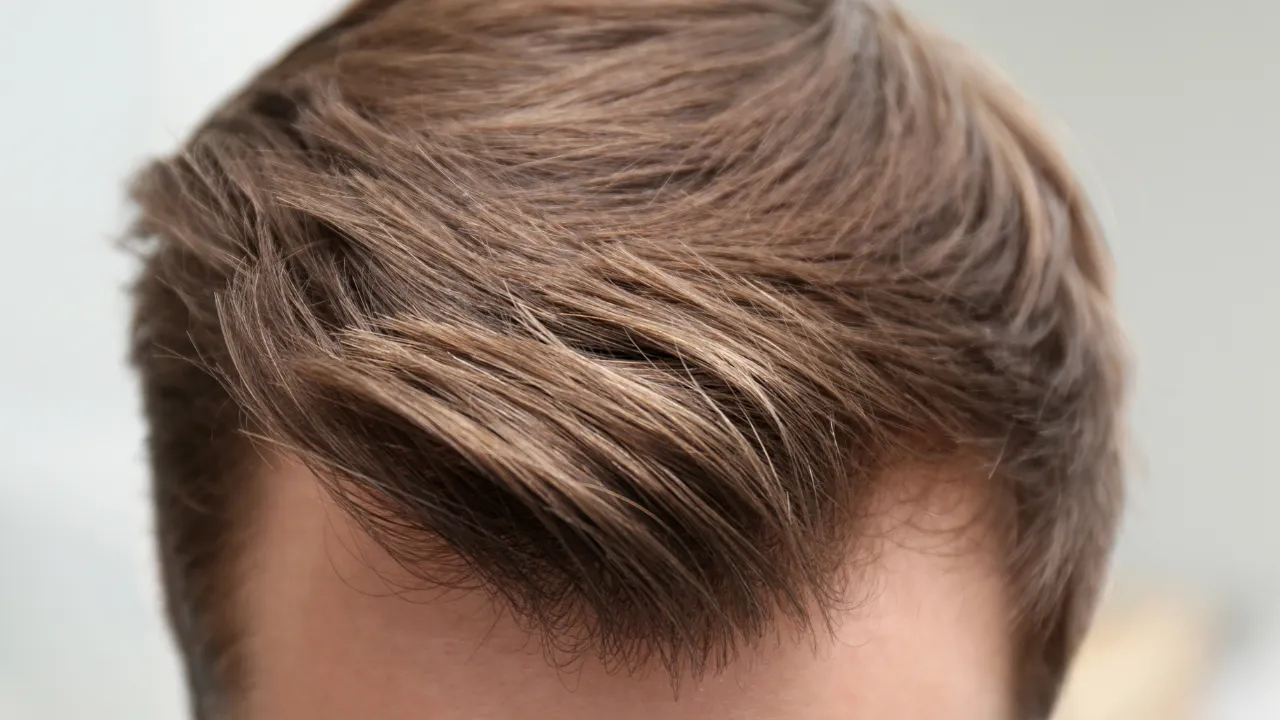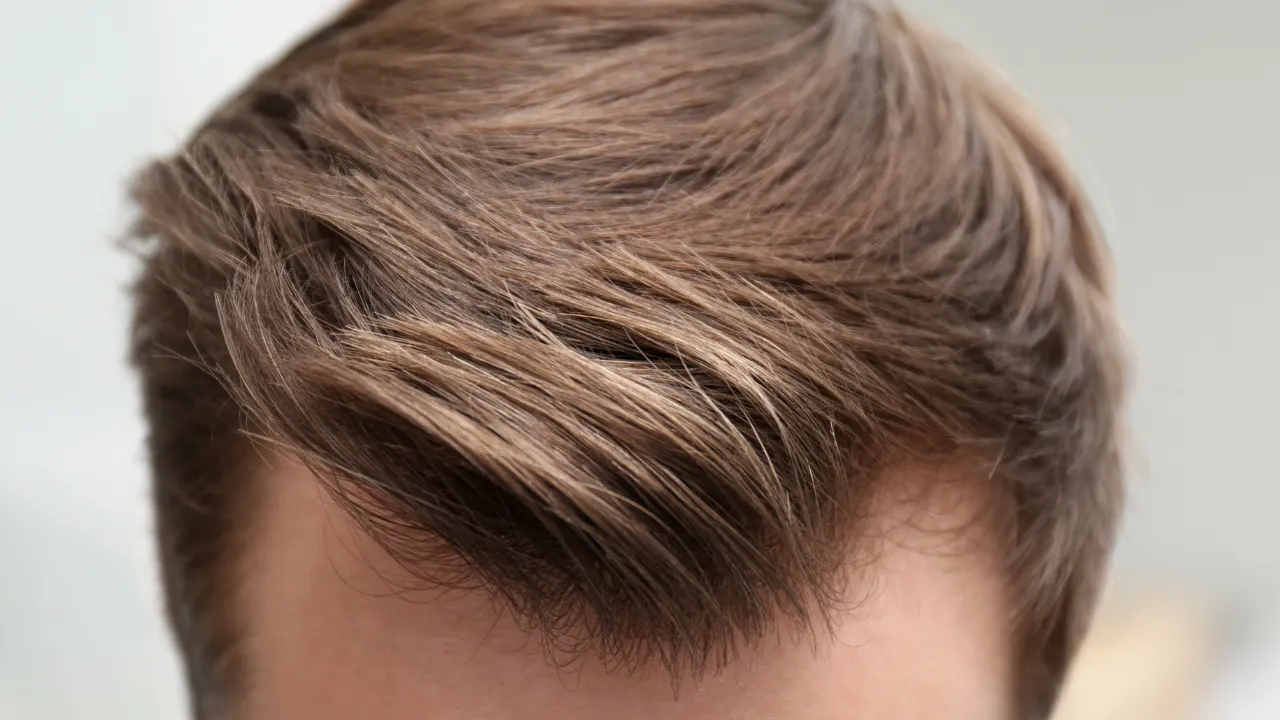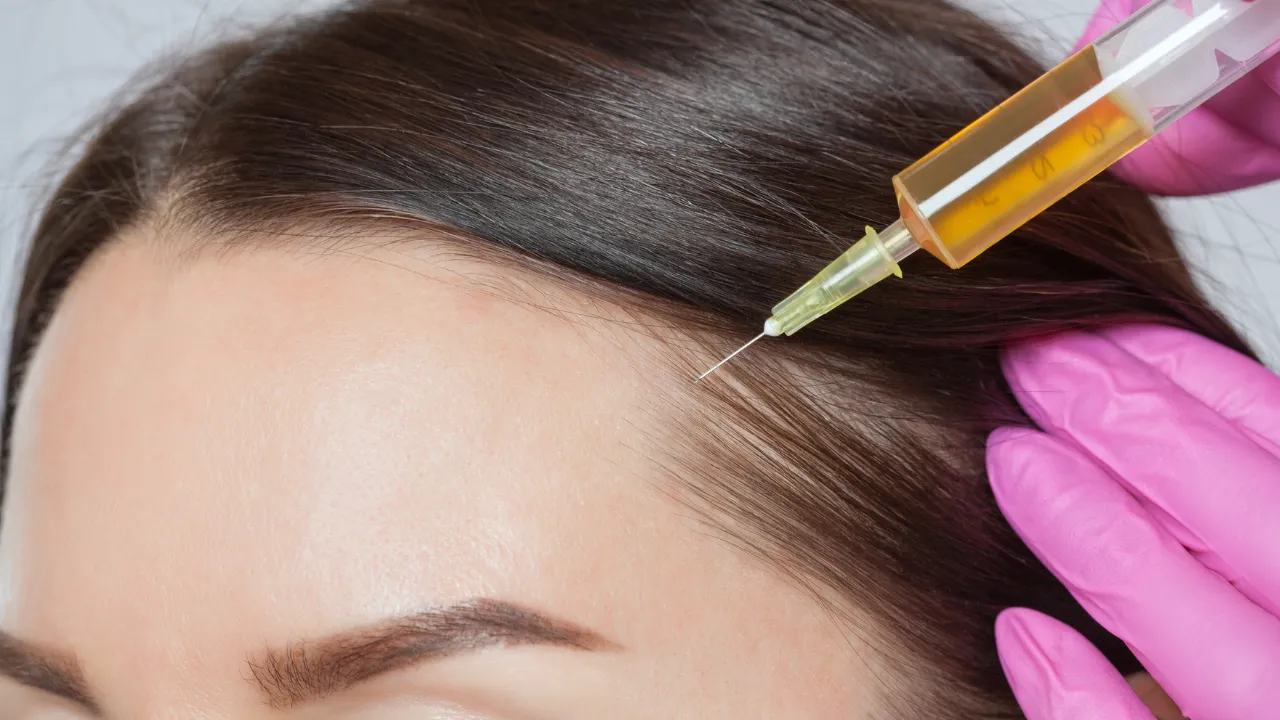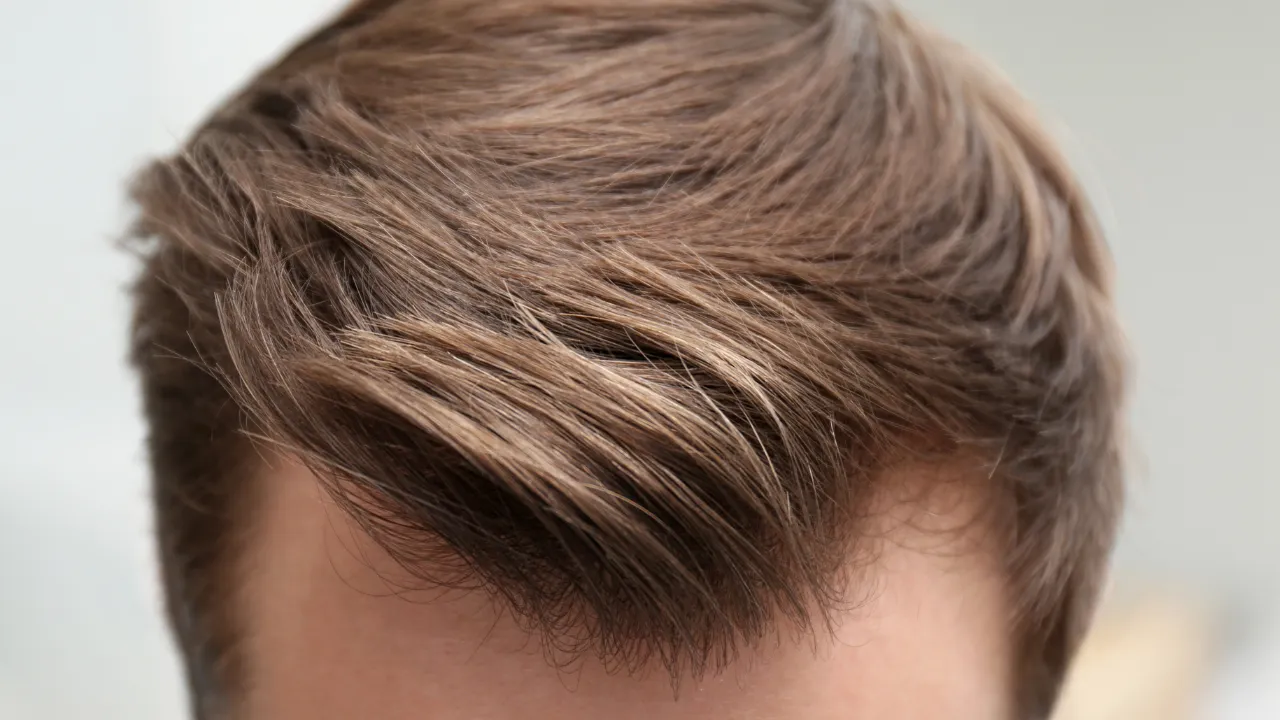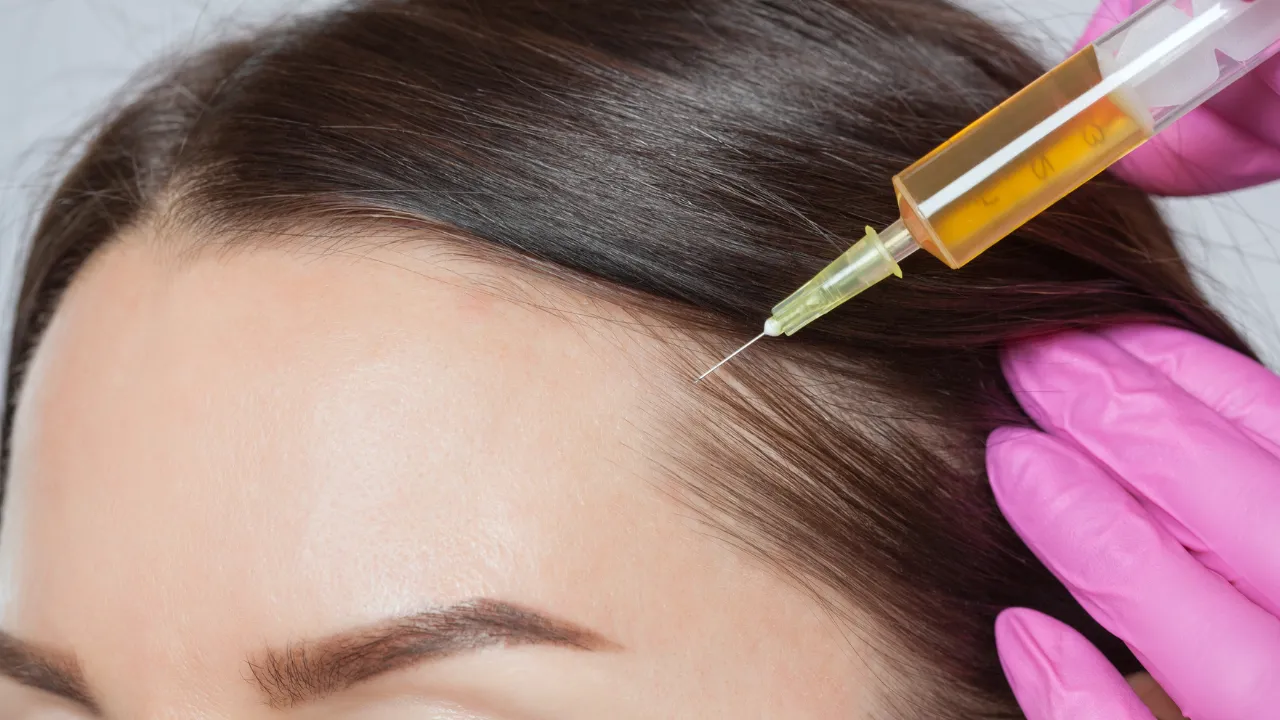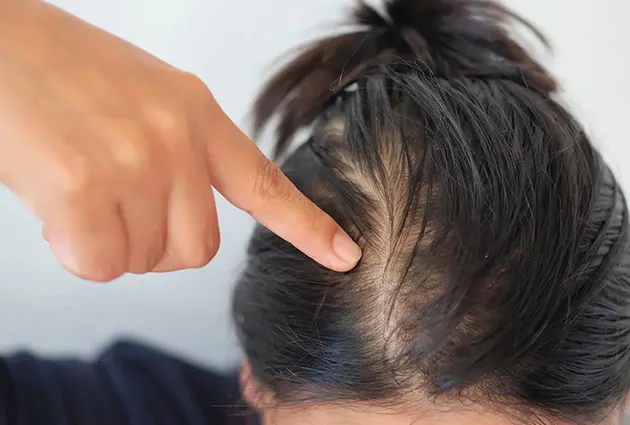In the field of hair restoration, there’s a significant gender bias towards men, overshadowing the fact that hair loss is a prevalent and distressing issue for women too. This disparity in focus not only limits women’s access to information and treatment but also impacts their emotional and psychological well-being.
As a hair restoration surgeon, I am committed to changing this narrative and bringing to light effective treatments for women, such as the 5% Rogaine (Minoxidil) solution, which, despite being marketed primarily for men, can be an excellent option for women.
Many patients search for rogain for women when looking for over-the-counter hair loss solutions. While it’s a common misspelling of Rogaine, the intent is the same—finding safe, effective treatments for female pattern hair loss.
Hair loss in women is more than a physical condition; it carries with it a heavy emotional burden. Thinning hair can affect a woman’s self-esteem, social interactions, and even her professional life. The societal pressure for women to have full, healthy hair exacerbates these challenges.
By educating women about the available treatments and encouraging a more open discussion about female hair loss, we can help alleviate some of this emotional stress and improve the overall quality of life for women dealing with hair thinning.
Comprehensive Understanding of Female Pattern Hair Loss (FPHL)
Female pattern hair loss (FPHL) is a distinct condition that differs from male pattern baldness in its presentation and psychological impact. Women typically experience a widespread thinning of hair across the scalp, especially at the crown, rather than the receding hairline or bald patches common in men. This diffuse thinning can be particularly distressing as it’s harder to disguise and affects the overall hair volume.
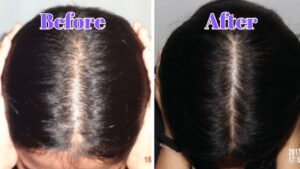
Understanding the underlying causes of FPHL is critical for effective treatment. FPHL can be influenced by a range of factors including genetics, hormonal changes (especially during menopause), medical conditions, and even certain hairstyles that place stress on hair follicles. Addressing FPHL requires a holistic approach that considers not only the physical aspects of hair loss but also the emotional and psychological impacts. Effective treatment of FPHL should involve both medical interventions and supportive counseling to help women cope with the condition.
Rogaine for Women: A Leap Beyond Traditional 2% Solutions
The traditional recommendation for women has been the 2% Rogaine solution. However, recent studies and my clinical experiences suggest that the 5% Rogaine formulation, typically branded for men, can be both safe and more effective for women, particularly for those experiencing more significant hair thinning.
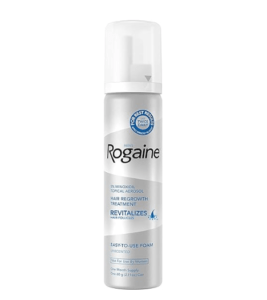
And I always recommend to patients 5% Rogaine foam because it is less irritating to the skin. This paradigm shift in treatment recommendation is based on growing evidence that higher concentrations of Minoxidil can provide better results for certain patterns of female hair loss.
It’s important to address the hesitation and myths surrounding the use of a product labeled for men. Educating women about the safety and efficacy of 5% Rogaine is crucial in empowering them to make informed decisions about their hair care. The higher concentration of Minoxidil in the 5% solution can accelerate hair regrowth and provide more pronounced results, offering a new avenue of hope for women who have not seen success with the 2% formula.
Optimizing the Application and Efficacy of 5% Rogaine
When using 5% Rogaine, the method and consistency of application play a significant role in its effectiveness. The solution should be applied directly to the scalp, ideally twice daily, for optimal results. This consistent application ensures that the scalp receives a steady dose of Minoxidil, fostering an environment conducive to hair growth.
Some women combine Rogaine with berberine or Capixyl, or explore hair mesotherapy for enhanced scalp health and absorption.
It is crucial for women to have patience when using 5% Rogaine. Hair growth is a slow process, and it can take several months before visible improvements are noticed. It’s also important to understand that Rogaine is not a cure for hair loss but a treatment. Therefore, continuous use is necessary to maintain the benefits of the treatment. Stopping the application can lead to a reversal of results.
Navigating Safety and Side Effects
The use of 5% Rogaine is generally safe for most women, but like all medications, it can have side effects. Common side effects include scalp irritation and initial increased hair shedding, which is a typical response as the treatment stimulates new hair growth. In rare cases, some women may experience unwanted facial hair growth.
Regular monitoring and consultation with a healthcare provider are crucial to manage these side effects effectively. Adjustments in the treatment regimen or additional supportive treatments can mitigate these effects while maintaining the benefits of Rogaine.
A New Era in Women’s Hair Loss Treatment
The adoption of 5% Rogaine for women’s hair restoration marks a significant advancement in treating female hair loss. Dispelling the myth that this higher concentration is exclusively for men opens up new possibilities for women struggling with hair thinning. Women considering this treatment should consult with healthcare professionals to determine if it’s suitable for their specific hair loss pattern.
By expanding treatment options and fostering open discussions about female hair loss, we can better support women on their journey to regain hair health and confidence. This development in hair restoration represents not only a medical advance but also a step towards gender equality in healthcare, recognizing and addressing the unique needs of women in the realm of hair loss.


